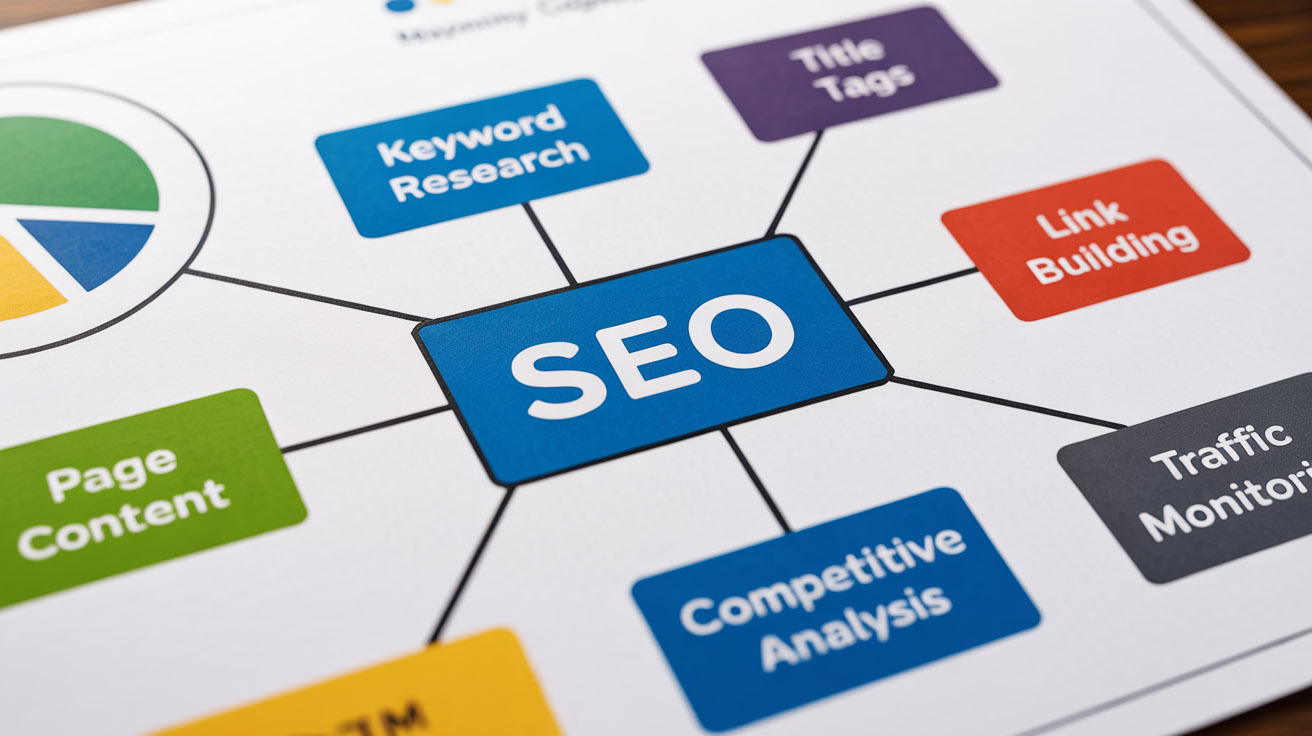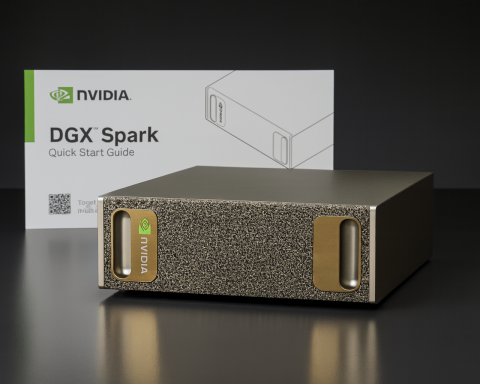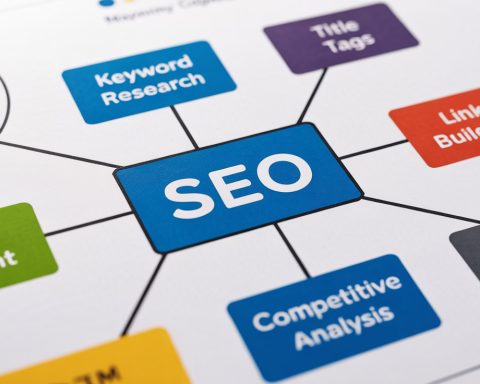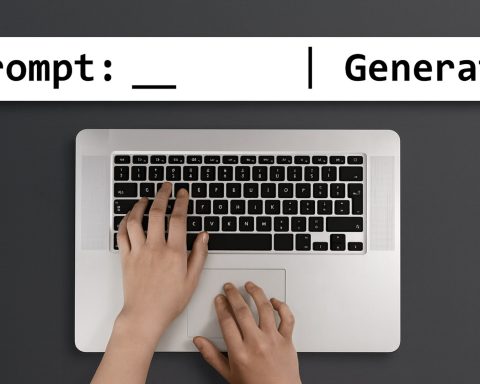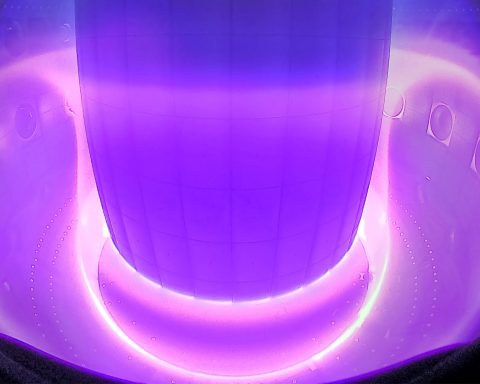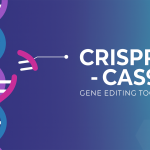- What launched: Google’s new AI Mode in Search—a conversational, multimodal experience that synthesizes answers (with citations) and supports follow‑up questions. It sits alongside “All/Images/Maps” as a tab and can be opened before or after a query. Google calls it “our most powerful AI search.” Home
- How it works (under the hood): AI Mode (and AI Overviews) use query fan‑out—Google explodes your question into many related sub‑queries, retrieves passages from multiple sources, and composes a single, synthetic answer. blog.google
- Where it’s available / variants: Google has tested an AI‑only version of Search for Google One AI Premium subscribers and continues expanding AI Mode globally (for example, new Indian languages and “Search Live”). Reuters
- Impact on clicks: Multiple independent studies report meaningful CTR declines when AI Overviews appear; Pew found users clicked traditional links 8% of the time when an AI summary was present vs 15% without one; only ~1% clicked links inside the summary. Similarweb reports zero‑click searches grew from 56% → 69% in a year. Pew Research Center
- How often AI summaries appear: Semrush observed AI Overviews on 13.14% of queries in March 2025 (up from 6.49% in January), with strongest growth on informational searches. Semrush
- Publishers & regulators: European publishers have filed complaints alleging AI Overviews/AI Mode depress traffic and misuse content; Italy’s FIEG sought an investigation this week. Google disputes broad harm claims. Reuters
- Is SEO “wasted”? Not according to many experts—including Google’s own Gary Illyes (“use normal SEO practices”) and industry leaders who argue SEO evolves rather than dies. Search Engine Roundtable
The in‑depth analysis
What, exactly, did Google ship?
Google has rolled out AI Mode, a new way to search that lets you ask questions in natural language, upload images, and hold a conversation—then receive a synthesized answer with citations and links to “explore more.” You can enter AI Mode from the Google homepage or by switching tabs on a results page. Google frames this as a leap “beyond information to intelligence,” powered by a custom Gemini 2.5 model and backed by features like Deep Search (a fully‑cited research report) and Search Live for real‑time, voice/camera interactions. blog.google
Google (official): “AI Mode is our most powerful AI search.” Home
AI Mode is distinct from AI Overviews (the auto‑generated panels that sometimes appear above results). While Overviews appear for you, AI Mode is a place you go: a chat‑style interface living inside Search. Usability researchers at Nielsen Norman Group call it “powerful” but warn of discoverability and readability issues that could blunt adoption for mainstream users. Nielsen Norman Group
Nielsen Norman Group: “AI Mode is a powerful tool if you know how to find and use it— which is a big ‘if’.” Nielsen Norman Group
How does it really work? Query fan‑out, retrieval, and synthesis
Under the hood, Google now uses query fan‑out: rather than run just the phrase you typed, the system explodes your intent into a constellation of related sub‑queries, pulls passages from many documents, and composes a response that includes citations. Analysts and SEOs have pieced this together from Google’s own technical descriptions and patent evidence. blog.google
Mike King (iPullRank): “Query fan‑out looks at the ‘subintents’ behind a search query.” Digiday
This matters because conventional rank‑tracking and single‑keyword optimization map poorly to a world where dozens of synthetic sub‑queries may be driving what gets cited inside AI Mode or an Overview.
Did Google just burn years of SEO investment?
Short answer: No—but how your SEO investment pays off is changing fast.
- User behavior has shifted toward answers, not clicks. Pew Research’s observational study found that when an AI summary is present, users clicked a traditional result about half as often (8% of visits vs 15% without the summary), and they clicked a link inside the summary in just ~1% of visits. That’s a sharp reduction in outbound traffic for affected queries. Pew Research Center
- Zero‑click is the new baseline. Similarweb’s 2025 analyses show zero‑click searches climbed 13 percentage points in a year—56% → 69%—coinciding with the rise of AI Overviews. In aggregate, that’s a lot fewer opportunities for the open web per query. Search Engine Roundtable
- Appearance frequency is growing (with caveats). Semrush’s dataset shows AI Overviews appearing on 13.14% of U.S. desktop queries in March 2025 (vs 6.49% in January), especially on informational intent. Note: Google has dialed up and down coverage during testing; earlier third‑party snapshots in 2024 saw far lower prevalence. Net trend for 2025 is expansion. Semrush
- Publishers and regulators are alarmed. Independent publishers filed an EU antitrust complaint alleging AI summaries divert traffic/revenue, and Italy’s FIEG just urged a formal probe. Google answers that Overviews/AI Mode link to sources and drive discovery, disputing one‑size‑fits‑all harm claims. Reuters
- But SEO’s core is not dead. Google’s Gary Illyes told SEOs, “To get your content to appear in AI Overview, simply use normal SEO practices,” echoing broader guidance that helpful, authoritative content remains the input AI surfaces draw from. Lily Ray’s extended industry analysis makes the same point more bluntly: “None of this means SEO is dead.” Search Engine Roundtable
Glenn Gabe (GSQi): “AI Search currently drives less than 1% of traffic to most sites.” Don’t abandon Google Search while AI grows. gsqi.com
Rand Fishkin: “For every 1,000 US Google searches, only 360 clicks go to the open web.” Zero‑click predates AI Mode—but AI accelerates the trend. SparkToro
Bottom line: Your historic SEO investment isn’t “wasted,” but its payoff is shifting from pure click acquisition toward being cited (and trusted) inside AI answers—and winning the fewer, higher‑intent clicks that remain.
What should teams do now? A pragmatic playbook
1) Optimize to be cited, not just ranked.
- Write concise, quotable passages that directly answer common sub‑questions your topic spawns (think query fan‑out).
- Structure content with clear headings, definitions, comparisons, and step‑by‑steps that models can lift and attribute.
- Use schema to clarify entities, authorship, dates, and references; Google says “normal SEO” principles apply to AI surfaces. Search Engine Roundtable
2) Earn trust signals AI systems lean on.
- Commission original research, data, and expert commentary; these get cited more often than commodity summaries.
- Strengthen E‑E‑A‑T (experience, expertise, authoritativeness, trust) with real bylines, bios, sourcing, and transparent updates. Industry studies show AI summaries skew toward informational content where authority matters most. Semrush
3) Target the parts of the funnel AI hits hardest.
Semrush finds Overviews concentrate on informational intent; commercial intent is growing but still smaller. Invest in explainers, definitions, comparisons, and problem/solution pages that can both appear as citations and pull follow‑on clicks for deeper reading. Semrush
4) Measure what matters in an AI world.
- Track share‑of‑citation in AI Mode/Overviews (how often, where, and with which passages you’re credited).
- Monitor brand mentions across AI surfaces and forum/video ecosystems where users go after skimming the summary.
- Expect sparse official telemetry: there’s no dedicated GSC filter for AI Overviews or AI Mode today, so use log files, tagged links, and panel data to triangulate. Amsive
5) Embrace “zero‑click content” and diversify demand.
- Publish materials that deliver value on‑SERP (definitions, checklists, calculators) while inviting next‑step engagement (tools, newsletters, downloads).
- Don’t overcorrect. As Gabe notes, organic search still drives the lion’s share for most sites; AI referrals remain small but rising—treat AI search as additive for now. gsqi.com
6) Get operationally ready for global, multimodal search.
Google keeps expanding languages and launching Search Live (camera/voice) beyond the U.S., which will favor multimodal and localized content. Ensure imagery, transcripts, and structured data can be indexed and referenced. The Times of India
What’s next?
Expect Google to keep tuning when and where AI answers appear (coverage rose in 2025 after fluctuating tests in 2024). AI Mode/Overviews increasingly rely on reasoning over multiple sources; that rewards sites with clarity, precision, and authority—and punishes thin content. Meanwhile, regulatory pressure in Europe will test how far Google can push synthetic answers without new compensation models. Business Insider
Expert voices (short quotes)
- Google (marketing): “AI Mode is our most powerful AI search.” Home
- Mike King: “Query fan‑out looks at the ‘subintents’ behind a search query.” Digiday
- Lily Ray: “None of this means SEO is dead.” Search Engine Land
- Gary Illyes (Google): “To get your content to appear in AI Overview, simply use normal SEO practices.” Search Engine Roundtable
- Glenn Gabe: “AI Search currently drives less than 1% of traffic to most sites.” gsqi.com
- Rand Fishkin: “For every 1,000 US Google searches, only 360 clicks go to the open web.” SparkToro
- Nielsen Norman Group: “AI Mode is a powerful tool if you know how to find and use it …” Nielsen Norman Group
Reality check: what changed, what didn’t
- Changed: The unit of optimization (from one keyword → a web of sub‑questions); the placement of answers (on Google’s page); user patience for scrolling; and the regulatory heat. Search Engine Land
- Didn’t change: Sites with original insights, clear structure, real authors, and strong reputation remain the default source material that Google’s AI cites—and the destinations users choose when they do click through. Search Engine Roundtable
Sources & further reading (selected)
- Official: Google’s AI Mode explainer & May 2025 Search update. Google Support
- Mechanics: Query fan‑out explained via patents and reporting. Search Engine Land
- Usage & prevalence: Semrush AI Overviews study (2025). Semrush
- Behavioral impact: Pew Research on clicks in AI summaries (2025). Pew Research Center
- Zero‑click growth: Similarweb and industry rollups. Search Engine Roundtable
- UX perspective: NN/g on AI Mode discoverability and reliability. Nielsen Norman Group
- SEO guidance: Gary Illyes (Google) on “normal SEO,” Lily Ray’s longform on why SEO ≠ dead. Search Engine Roundtable
- Policy & publishers: Guardian report on Italy/Agcom filing; Reuters on EU complaint. The Guardian
Verdict: No, your SEO wasn’t “wasted.” But the goalposts moved. Treat AI Mode and AI Overviews as answer engines that harvest and credit the best content—then design your content and measurement to win citations, trust, and the higher‑intent clicks that still remain.
